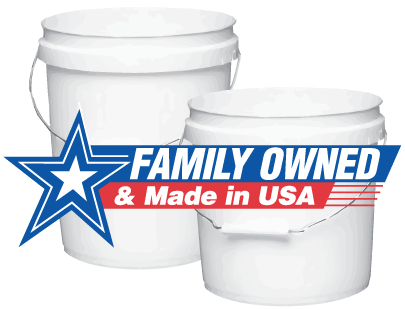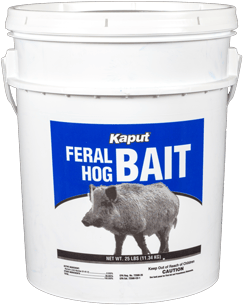
Kaput Feral Hog Bait is to be used to eliminate feral hogs in Texas and Oklahoma. To purchase this product through a distributor, please read entire label and you must complete a training certification through Kaput.


“We put the Kaput Rat & Mouse Bait place packs in bait stations near each vole hole we came across. In a very short amount of time, we saw all the damage STOP! A year later, we are still VOLE FREE! This product was easy to use, the Staff gave us excellent advice and support and we give Kaput two enthusiastic thumbs up!”
– L.S. Illinois

